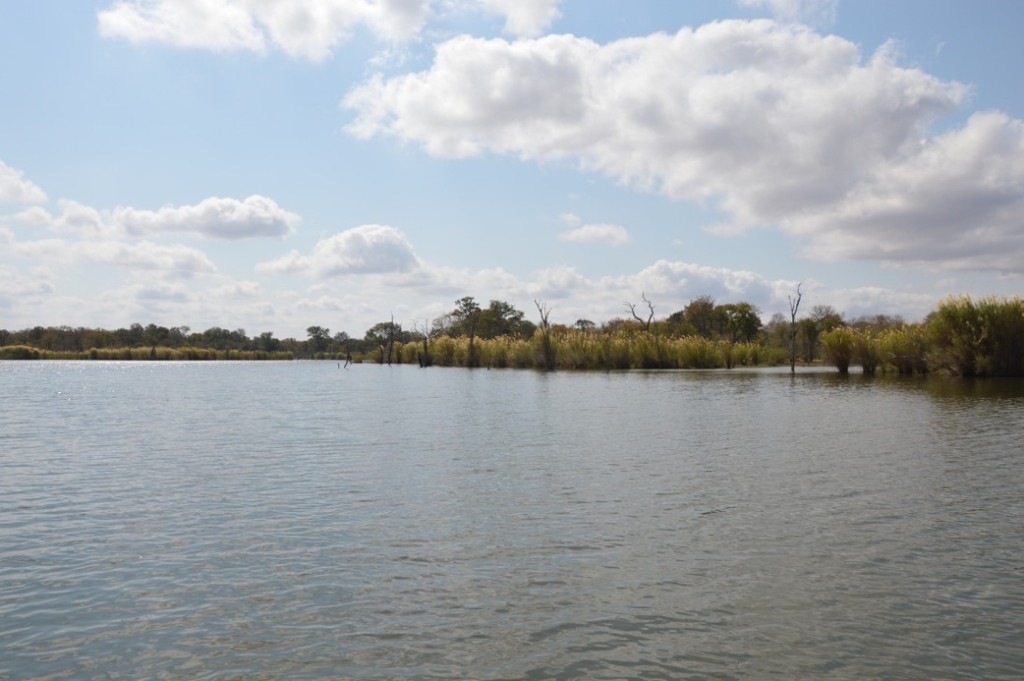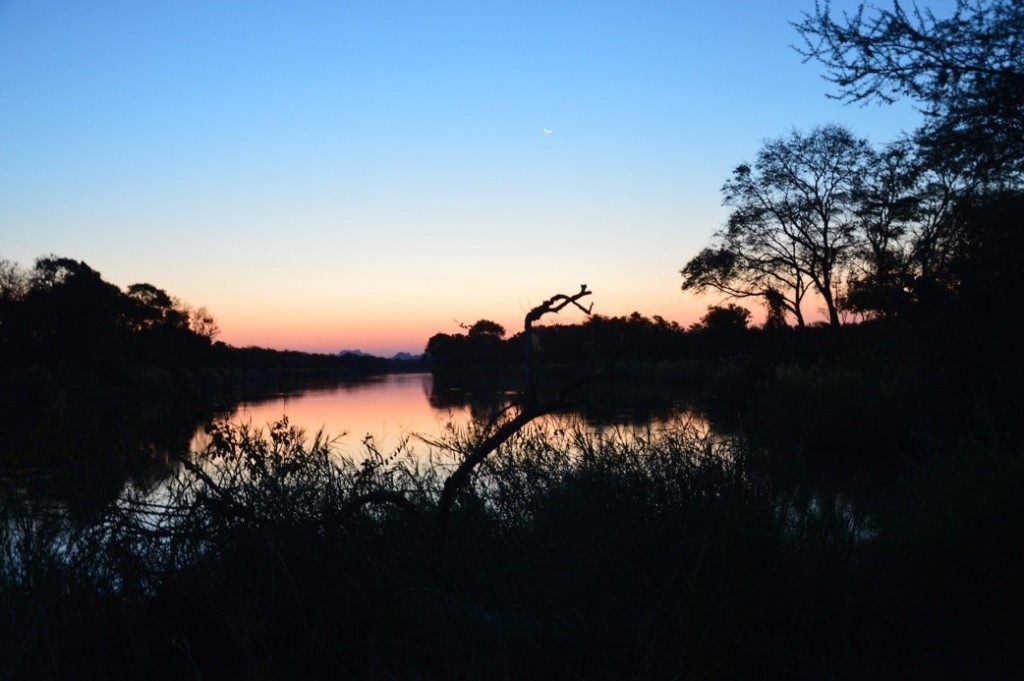Our fieldwork for CONNECT4WR continues! Our co-I, Fulvio Franchi, is leading a team of researchers on a trip to collect sediment cores from a number of dams across the Limpopo. After Botswana, the team with their customised raft are heading towards Zhovhe and Ripple Creek dams in Zimbabwe to collect sediment samples and carry out infiltration tests. In this post, they give us some experimental details on coring and infiltrating! Thanks, Fulvio and team.
———–
We are finally hitting the road again. After weeks of preparation we are heading toward Bulawayo where we are going to meet our colleagues from NUST (National University of Science and Technology) and from Dabane Trust. For those of you who are not privy to the current situation in this part of the planet, well… there is basically no way to withdraw cash nor to pay with foreign credit cards. A challenge but we were prepared to this and got a lot of stock from Bots.
Zhovhe dam
The first dam on the menu is Zhovhe dam which is also one of the largest dam that we are going to study. It has been built in 1995 and covers an area of 2250 Ha. It is part of an international agreement between Zimbabwe and Italy which makes me and Florian very proud!

Day 1 (29/7/2019): We arrived at Zhovhe Dam at 16:00. We assembled the raft immediately, helped by the fishermen who are working on an aquaculture plant in the dam. In order to be able to start sampling early the day after, we have to complete the operation before dusk.


Day 2 (30/7/2019): We set out early in the morning and started to survey the dam by measuring the depth in different spots that could give us an idea of the bathymetry of the reservoir and a clue for the ideal spots where to collect samples. One of the key tasks was to check the bathymetry of the dam using a rudimental but efficient technique… a weight attached to measuring tape.

Sediment cores were collected with a gravity corer using a stainless-steel pipe (N.B.: we have abandoned the steel pipe after this experience as the Plexiglas is more versatile and has less issues with contaminants etc.). With this technique, we were able to get 70cm of sediments that recorded the entire deposition in the reservoir. Indeed, we have noticed that the bottom of the cores was characterized by coarse sand typical of the pre-dam environment.

Day 3 (31/7/2019): Another important aspect of the research, in order to understand the infiltration of the water through the bedrock, i.e. the recharge of the underlying aquifer, is the infiltration test. For that we have used a simple but efficient proven technique: the double-ring infiltrometry method! Two rings of metal sheets partly buried in the sediments are filled with water; the outer one is maintained full to minimize lateral infiltration of the water in the surrounding sediments, while the level of the inner one is monitored as it drops which will tell us how long it takes for a certain volume of water to infiltrate into the terrain; that is its hydraulic conductivity, a parameter very important for our colleagues hydrogeologists.


Ripple Creek Dam
Day 4 (01/8/2019). We performed the second infiltration test before moving to the Bubye river Valley. The next dam on the list is called Ripple Creek Dam (668,5 m asl) in the Mazunga Safari reserve. This is a wild and pristine environment and we had to cur our way through the weed to reach the water. The staff from Mazunga Safari were awesome with this and helped us finding the right spot for camping. We arrived in the afternoon (16:00) and Mr Howard Hunter, the owner of the Safari, welcomed us and accompanied us to our base camp along Ripple Creek Dam, that had been already kindly cleaned from weeds and provided with woods.

We assembled the raft and set our base camp (S 21°18′19,7″ E 029°56′07,7″), preparing us for the next day of sampling.

Day 5 (02/8/2019): We started our survey around 8:00 and first headed upstream. It was a windy day so moving with the raft was quite difficult if not impossible. We had to grab trees and branches to pull ourselves upstream. After a couple of cores, we headed back to base camp and extruded the cores to check the quality of the sampling, then we headed downstream to the dam wall. That was the domain of 4 giant hippos that have accompanied our survey throughout!



Day 6 (03/8/2019): We disassembled our ‘Gondo-La’ for the last time and secured it on the trail. Before leaving we performed an infiltration test along the shore of the Ripple Creek Dam, where a small dry stream enters the dam.

After packing the raft and our equipment we finally moved to greet and thank Mr Howard, who also give us precious information about historical droughts and floods that happened at Ripple Creek Dam. So eventually our field work in Zimbabwe was over and we could drive back to Bulawayo.
